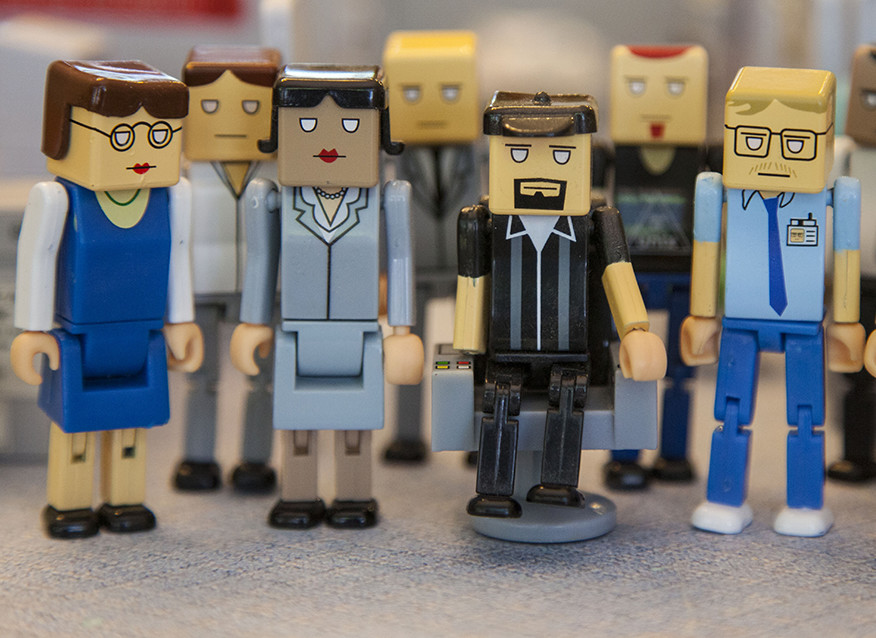Psychology Of The Office Space (Infographic)
Few pieces of office furniture carry as much emotional baggage as the cubicle. When it became the norm in the 1960’s, many saw these new workstations as a liberating innovation by allowing employees to work independently, free from the distractions of open floor plans. It presented an adaptable, economical solution.
However, the cubicle has been turned into a symbol of oppressive corporate culture over the decades. Cubicles have become more of a means to cram as many employees per square foot as possible, and less about the employees themselves. Researchers began to notice that workers became unhappy and unmotivated. They would put forth lower levels of productivity, take sick days more frequently, and were even more likely to quit.
Consider that the U.S. economy loses an estimated $450 billion to $550 billion annually due to lost productivity, presumably due to unhappy and unmotivated employees. The search for a better office space plan continues…
Meeting the Needs of Employees Today
As open floor plans, private offices, and cubicles wax and wane in popularity, managers look to the cutting-edge offices of influential businesses like Google, Facebook, and other tech giants for inspiration. Though not every small business can afford amenities like bowling alleys or rock-climbing walls (seriously), these leaders have inspired offices around the world with their flexible, collaborative spaces.
In the infographic below, you’ll find a brief history of how the office has evolved to meet the needs of employees, what employees are looking for in today’s workplace, and examples from the offices of industry leaders.

While office trends like standing desks and balance ball chairs come and go, it is important that managers never lose sight of the fact that employees need an environment that suits their psychological needs. Like any valuable metric for your business, employee satisfaction can be costly when ignored.
This infographic first appeared on appliedpsychologydegree.usc.edu.
Image Credit: Sonny Abesamis



